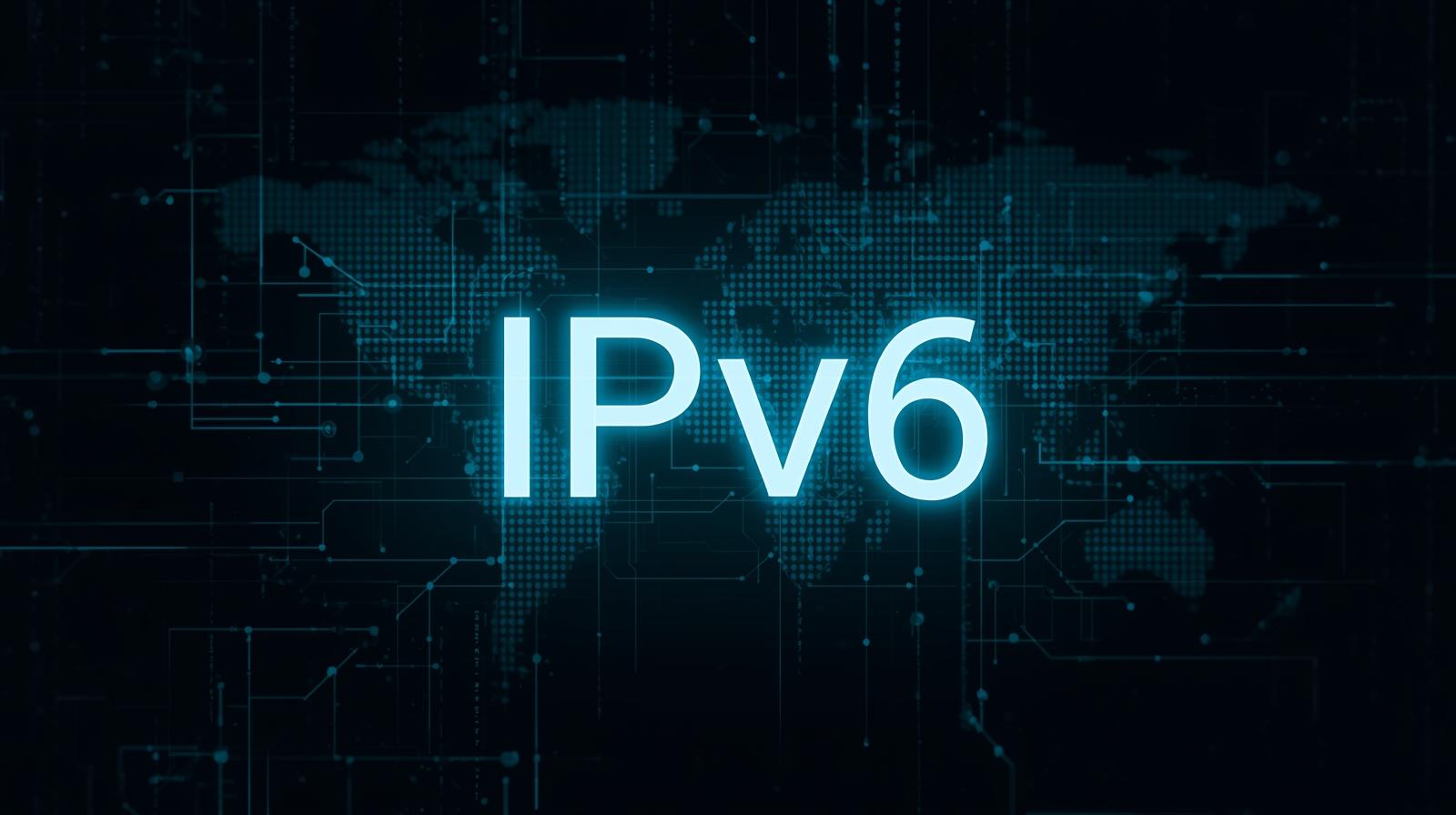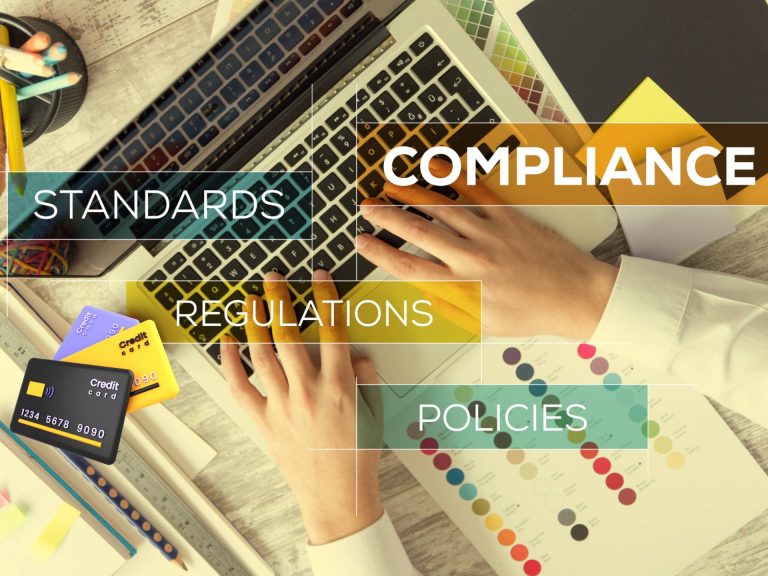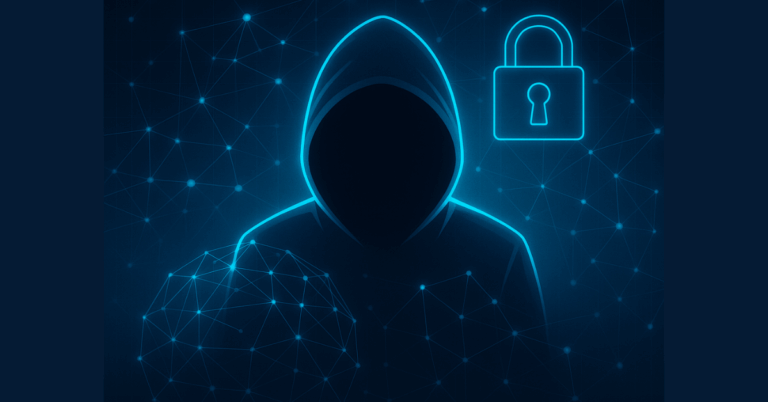IPv6: The Quiet Exposure No One’s Watching

Most organizations today feel confident about their external security posture. They run regular vulnerability scans, perform penetration tests, and maintain up-to-date compliance certifications. Firewalls are in place, ports are restricted, and logs are monitored. On paper, everything looks secure.
However, there is a quiet gap that often goes unnoticed. It hides in plain sight, and many businesses never think to check it. This gap is called IPv6, and it is becoming one of the most overlooked sources of exposure on the modern internet.
This article explains what IPv6 is, why it matters, how it can quietly expose your organization, and what steps you can take to address it before it becomes a problem.
What IPv6 Is and Why It Exists
Every device connected to the internet needs an address, just as every house needs a street number. The original system, known as IPv4, has been around since the early 1980s and provides about 4.3 billion possible addresses. That may sound like a lot, but with billions of people, smartphones, laptops, cloud servers, and smart devices all competing for unique IP addresses, that pool has been shrinking for years.
To solve this problem, the Internet Engineering Task Force introduced IPv6. It offers an almost limitless number of addresses, 340 undecillion to be exact. That is a three followed by 38 zeros, which is effectively an infinite space for the foreseeable future.
IPv6 was not designed to instantly replace IPv4. Instead, most networks today operate in what is called dual stack mode, meaning both IPv4 and IPv6 are active at the same time. This setup helps with compatibility and transition. It also means every public-facing system can exist in two places at once. If you are only monitoring one of those places, you may be missing half of your attack surface.
Double the Stack, Double the Exposure
When an organization runs dual stack networking, each public-facing device, such as web servers, VPN gateways, or email systems, can have two separate IP addresses, one for IPv4 and one for IPv6. If your scans, firewalls, or monitoring tools only focus on the IPv4 side, the IPv6 address may be quietly exposed to the internet.
Imagine a web server that is patched and locked down under its IPv4 address but quietly listening on an IPv6 address that no one is tracking. Attackers who scan across both protocols can easily find and target that hidden interface. Once they do, they have found a way into a part of your network that no one is watching.
This is not a theoretical risk. It is something MSSPs and vulnerability assessors encounter regularly. A common scenario occurs when a system administrator enables IPv6 by default during setup and forgets it is there. The IPv6 interface remains online, unmonitored, and often unfiltered by firewalls that were configured only for IPv4.
Why IPv6 Often Gets Ignored
There are several reasons why IPv6 still slips through the cracks.
First, it still feels new. Many IT and security professionals grew up in the IPv4 world, and for them, IPv6 can seem abstract or irrelevant. Second, IPv6 addresses look complex and intimidating. Long strings of hexadecimal numbers separated by colons are not intuitive, which can lead to avoidance or poor documentation.
Third, many security tools and scanners still default to IPv4. Organizations often believe they are scanning everything, but their tools may not have been configured to include IPv6 ranges. Finally, IPv6 is often enabled by default on servers, laptops, and IoT devices. This means that even if your organization never intentionally deployed IPv6, parts of your network may already be using it.
The result is a perfect recipe for accidental exposure. It is invisible, unfamiliar, and unmonitored.
The Hidden Risks Behind IPv6
IPv6 is efficient and powerful, but it is also complex. Complexity creates opportunity for both mistakes and attackers.
One major risk is hidden interfaces and services. Devices can automatically assign themselves IPv6 addresses without human involvement. This means a server can have an IPv6 address even if no one ever configured one. Unless you explicitly block or monitor it, that interface could be publicly reachable.
Another risk comes from firewall policy gaps. Many organizations have spent years fine-tuning their IPv4 firewall rules but never replicated them for IPv6. In many cases, IPv6 traffic passes through a firewall unchecked because no one updated the rule set.
There are also risks from incomplete vulnerability scans. Most vulnerability management programs still target only IPv4 ranges, leaving IPv6-only services such as admin panels, staging environments, or remote management ports completely untested.
Finally, even when IPv6 logs exist, analysts may not review or parse them correctly. If someone exploits your IPv6 exposure, it might not show up in your alerting systems.
The Real-World Impact
Research consistently shows that IPv6 blind spots are common. In one large-scale study, roughly a quarter of enterprise networks that appeared secure in IPv4 had open management interfaces on IPv6. In another, penetration testers found that while web servers were fully patched on IPv4, their IPv6 counterparts were months out of date.
In some cases, developers add IPv6 DNS records, known as AAAA records, for testing or load balancing, but those records accidentally expose servers that were never meant to be public. Attackers do not need IPv6-specific exploits. They simply need to find systems that nobody else is looking at.
IPv6 and PCI ASV Scanning
For organizations that must comply with PCI DSS, IPv6 is not optional. It is part of your external attack surface. The PCI Security Standards Council makes it clear that all externally reachable IP addresses fall under ASV scope, whether they are IPv4 or IPv6.
If your company has an IPv6 address that can be reached from the internet, it must be included in your quarterly scans and reports. Yet many businesses assume their ASV provider is already handling it when, in reality, the provider may only be scanning IPv4 addresses.
A strong ASV process should check for both A (IPv4) and AAAA (IPv6) DNS records, scan both address types, and show results for each. This helps identify configuration differences between the two. If your current scanning reports do not show IPv6 results, it is worth asking why.
How to Check Your Own Exposure
The first step in reducing IPv6 risk is to understand where you stand. You can start with a few simple checks.
Look up your domain and see if it has an AAAA record. If it does, that means you have a publicly reachable IPv6 address. Make sure those systems are intentionally exposed and properly secured. Then verify your vulnerability scans. Ask your internal security team or MSSP whether your IPv6 assets are included. If the answer is unclear, they probably are not.
Next, review your firewall policies. IPv6 rules should mirror your IPv4 rules as closely as possible. Every port, restriction, and exception should apply to both protocols.
Finally, if you have access to an external scanning service that supports IPv6, request a quick assessment. Even a short test can reveal hidden ports or services you did not know existed.
Where an MSSP or ASV Adds Value
Working with a managed security provider that understands dual stack networks can make this process far simpler. A qualified MSSP or ASV can identify hidden IPv6 assets, integrate IPv6 scanning into your regular vulnerability management cycle, and highlight inconsistencies between IPv4 and IPv6 systems.
They can also help align firewall configurations, harden DNS records, and deliver compliance-ready reports that meet PCI DSS requirements. Most importantly, they can turn complex technical findings into clear, actionable steps, making remediation straightforward and measurable.
It is similar to getting a complete health check rather than a quick screening. You do not know what you will find until you look, and once you do, you can address it proactively.
Dispelling the Myths About IPv6
Because IPv6 adoption has been gradual, several myths still circulate that cause teams to underestimate it. One common misconception is that IPv6 is inherently safer because it is newer. In reality, it was designed for scalability, not security. Some features improve efficiency, but others, such as auto-configuration, can increase risk if unmanaged.
Another myth is that no one is really using IPv6 yet. That is outdated. More than 45 percent of Google users now access services through IPv6, and that number continues to rise as ISPs and cloud providers enable it by default. Attackers go where the traffic is, and they are already there.
A third misconception is that firewalls automatically block IPv6 traffic. In many setups, IPv6 is allowed through unless it is explicitly restricted. Hiding IPv6 addresses by omitting them from DNS is also ineffective because attackers can still discover them through scanning or traffic analysis.
Preparing for the Future
IPv6 adoption is accelerating quickly. Major cloud platforms, ISPs, and mobile networks already prefer IPv6 for performance and efficiency reasons. Even if you believe your business is not using it, your partners, vendors, or hosted workloads probably are.
Within a few years, IPv6 traffic will likely surpass IPv4 worldwide. Organizations that start accounting for it now will save themselves significant effort later and prevent potential incidents that could have been avoided with early attention.
Key Takeaways
The most important lesson is simple: you cannot protect what you cannot see.
IPv6 is no longer an emerging technology. It is the foundation of the modern internet, but because it runs quietly in parallel to IPv4, it often goes unnoticed. Every public-facing service may have an IPv6 counterpart that no one is tracking. Scanning tools do not always include it, firewalls do not always restrict it, and logs may not record it.
Taking deliberate steps now, such as verifying scanning coverage, aligning firewall rules, and ensuring full visibility, can close one of the most easily overlooked gaps in cybersecurity.
Final Thoughts
Cybersecurity is not only about staying ahead of threats. It is also about staying aware of change. One of the biggest unseen shifts shaping the internet today is the global move toward IPv6.
Organizations that understand and embrace this shift gain a real advantage. They reduce risk, meet compliance requirements, and demonstrate maturity in managing their entire attack surface, not just the portion they can see.
If you are unsure whether your IPv6 perimeter is being scanned or monitored, now is the perfect time to find out. A quick audit can reveal exposures you never realized existed and help you close them before they cause problems.
IPv6 may be quiet, but it is here, and the sooner you start watching it, the safer your organization will be.







